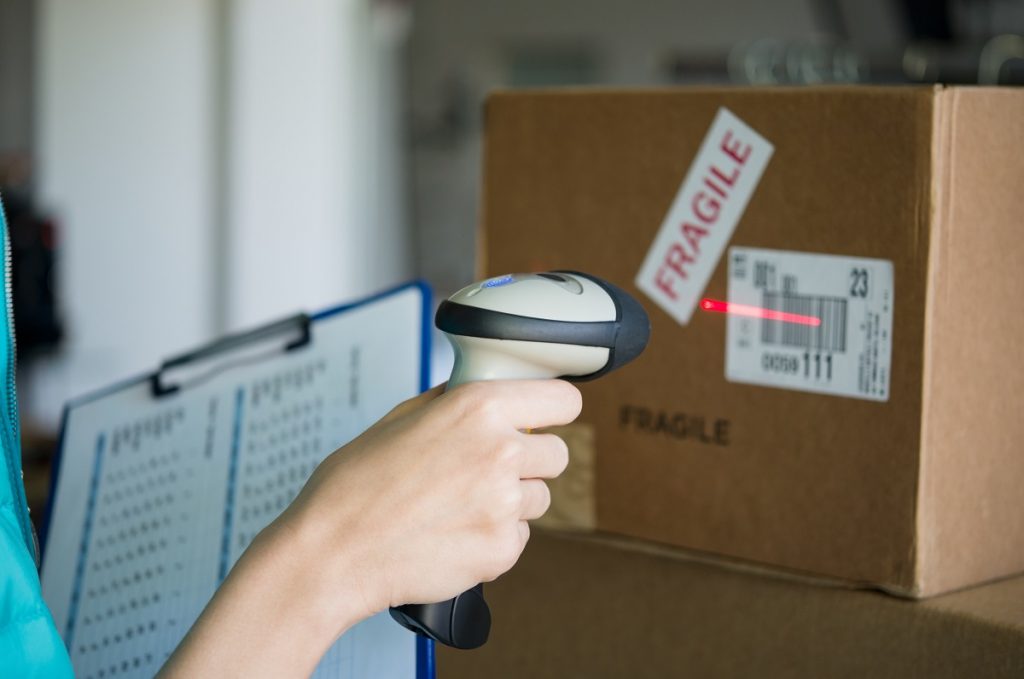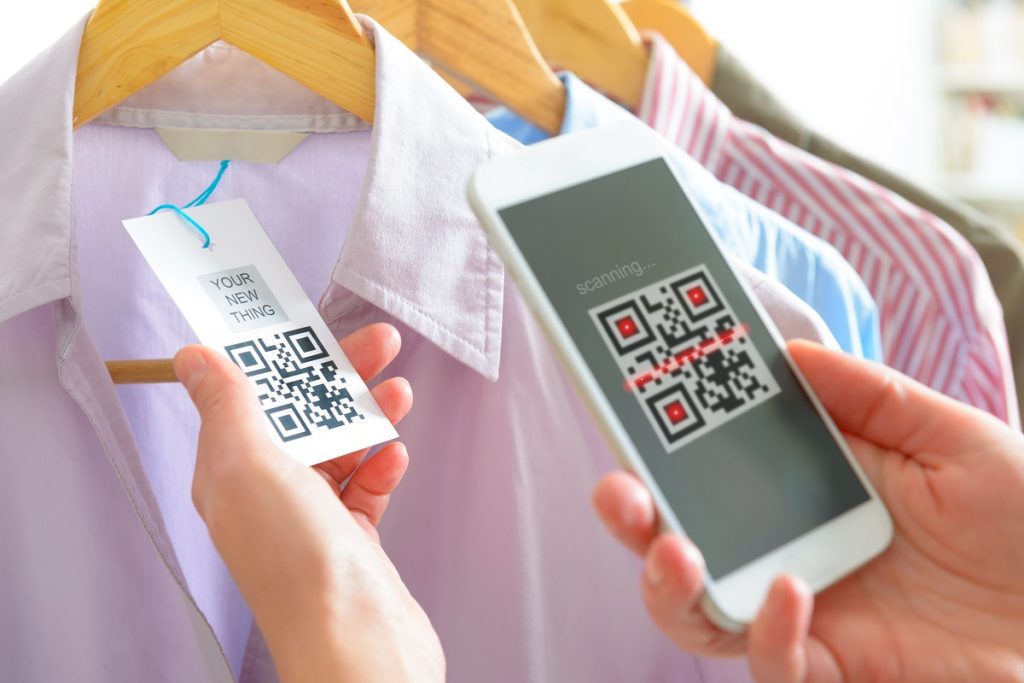Institutions, organisations and businesses across all industries have now embraced the reliability and versatility of barcode labels. These are a low-cost technology designed for data collection in ticketing, retail, advertising, patient identification and asset and inventory management. Barcodes are primarily classified into 1D and 2D. 1D barcodes are the earliest ones and include lines and spaces for conveying of information.
2D barcodes are the latest ones from label manufacturers in New Zealand and other countries in the world. These can be read vertically and horizontally and, therefore, contain more information than 1D labels. The codes can also be used with smartphones. The user only needs to take a photo of the barcode and send it to an industry regulator from where he or she will get a confirmation of the product’s authenticity.
Here are the types of 2D barcode labels:
QR Codes
Quick response (QR) codes are the most commonly used types of 2D barcodes these days. They are flexible, small, and have high fault tolerance. These barcodes support several modes, including Kanji, binary/byte, alphanumeric and numeric. You can encode up to 2509 numeric characters and 1520 alphanumeric ones with three error detection levels built into them.
Though they are common in 21×21 cells, their maximum size is 105×105 cells and the minimum is 4×4 cells. Unfortunately, QR codes cannot be read on laser scanners.
Data Matrix Codes
These can encode 3116 characters at most. They are high-density 2D barcodes that are configured in square grids with finder patterns around their edges. This enables scanners to identify and read them regardless of your barcode’s orientation. Data matrix codes likewise include built-in error detection and correction measures to guarantee their integrity even when they are physically damaged.
Though mostly used for laser and direct part marking in the automotive, electronics and aerospace industries, they can also be used in document management, healthcare, postal services and logistics.
PDF 417
 The portable data file (PDF) 417 barcodes are primarily used in inventory management, identification cards and transport. They are sets of linear barcodes stacked on one another and are at times called stacked linear symbols. They have a built-in error correction system to guarantee their readability and can encode more than one kilobyte of information per label or 100-200 characters per symbol. However, PDF 417 barcodes are generally more expensive than other types of 2D barcodes.
The portable data file (PDF) 417 barcodes are primarily used in inventory management, identification cards and transport. They are sets of linear barcodes stacked on one another and are at times called stacked linear symbols. They have a built-in error correction system to guarantee their readability and can encode more than one kilobyte of information per label or 100-200 characters per symbol. However, PDF 417 barcodes are generally more expensive than other types of 2D barcodes.
Aztec Codes
These are often used in the transportation sector, more so for airline boarding passes and tickets. Aztec codes can be decoded even when they have poor resolution, making them ideal for poorly printed tickets or those meant to be read on phones. The barcodes also take less space compared to other 2D labels since they do not need a blank ‘quiet zone.’
The ideal choice for your application depends on the number and type of characters you need to support, as well as the available space on your product’s package. After choosing the barcode label that works best, you will need to select its material. The synthetic material options for barcodes include polyolefin, polyamide, acrylic and polyester. Paper labels are a good option for general products without considerable risk of heat and chemical damage.
